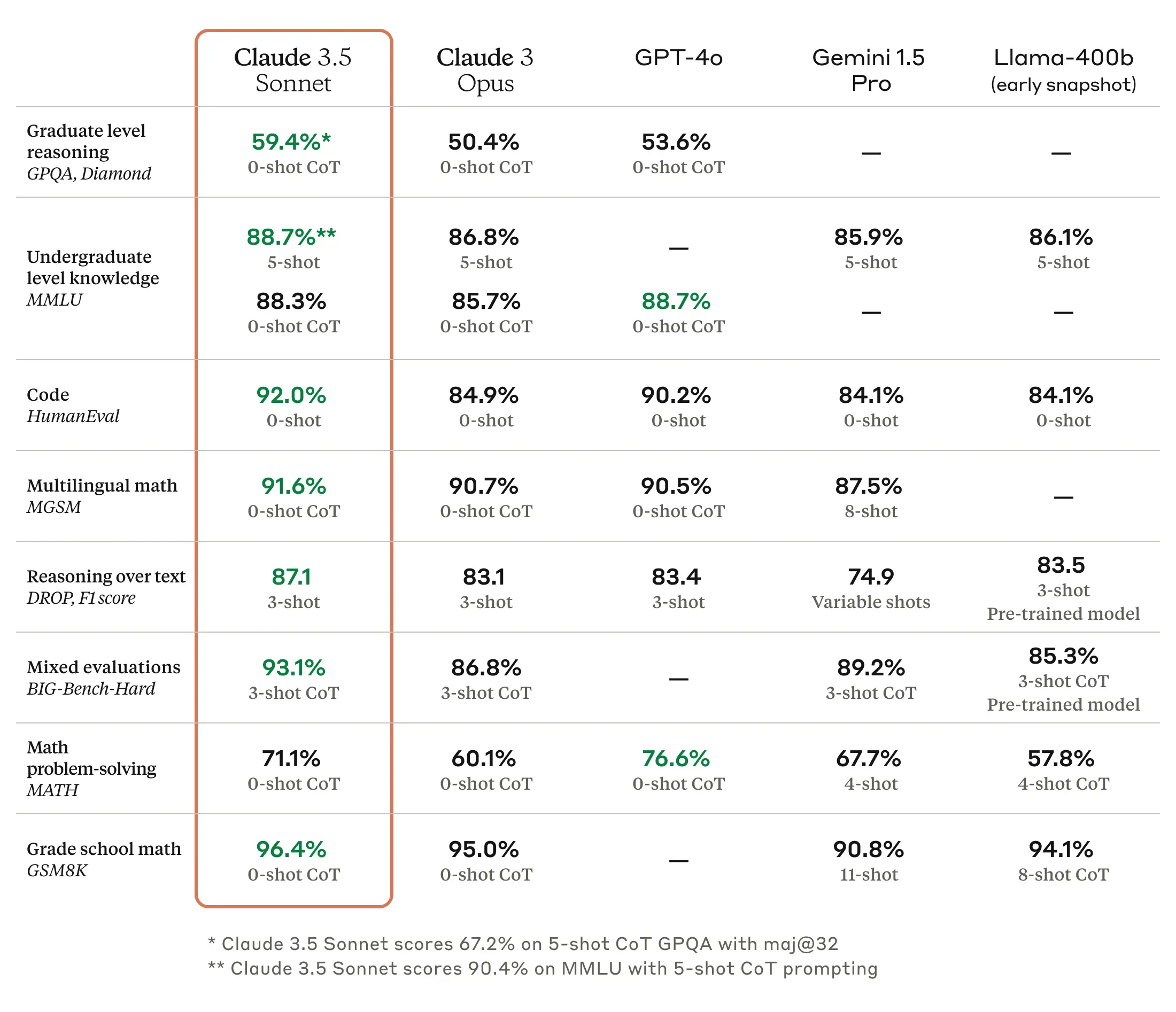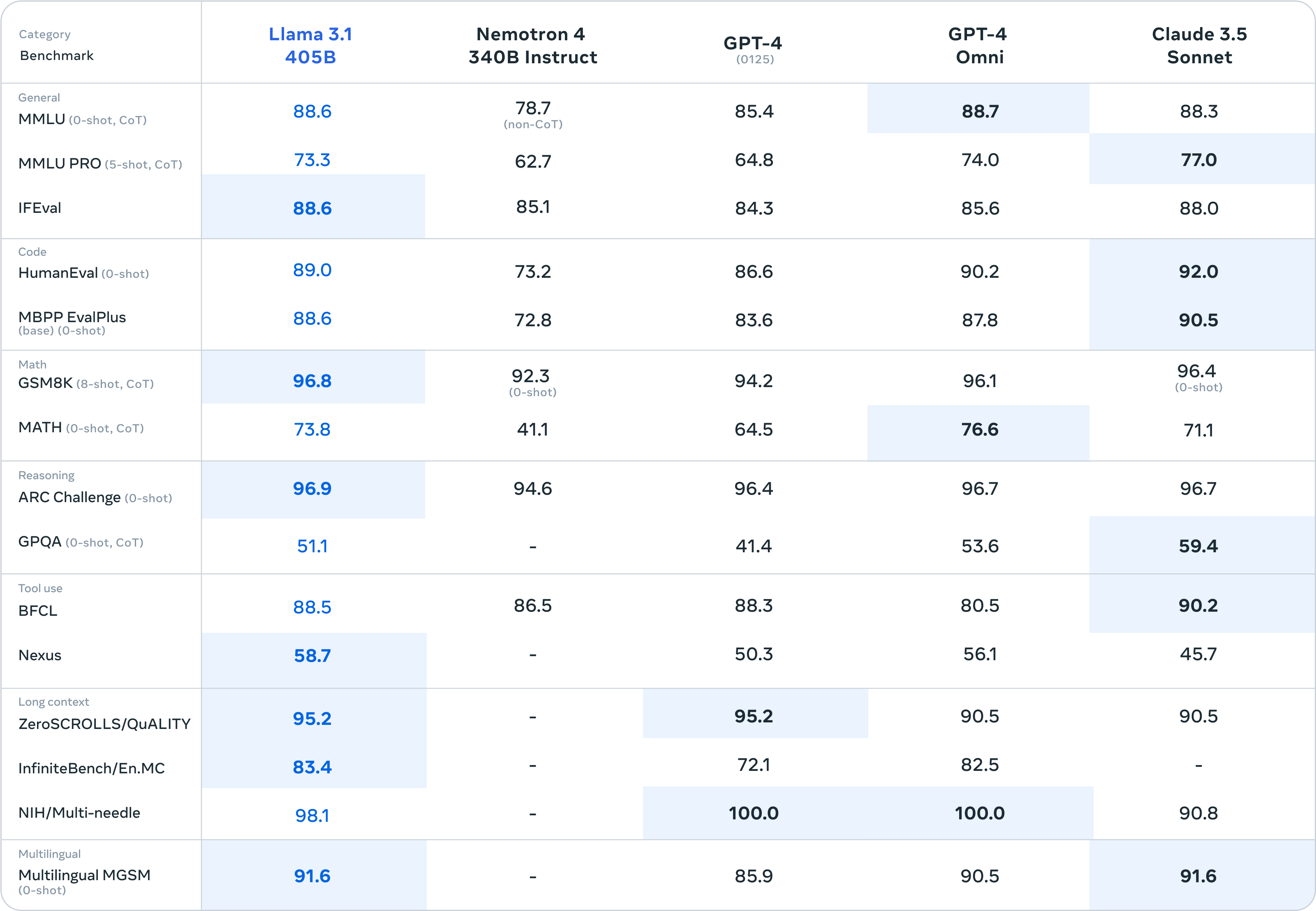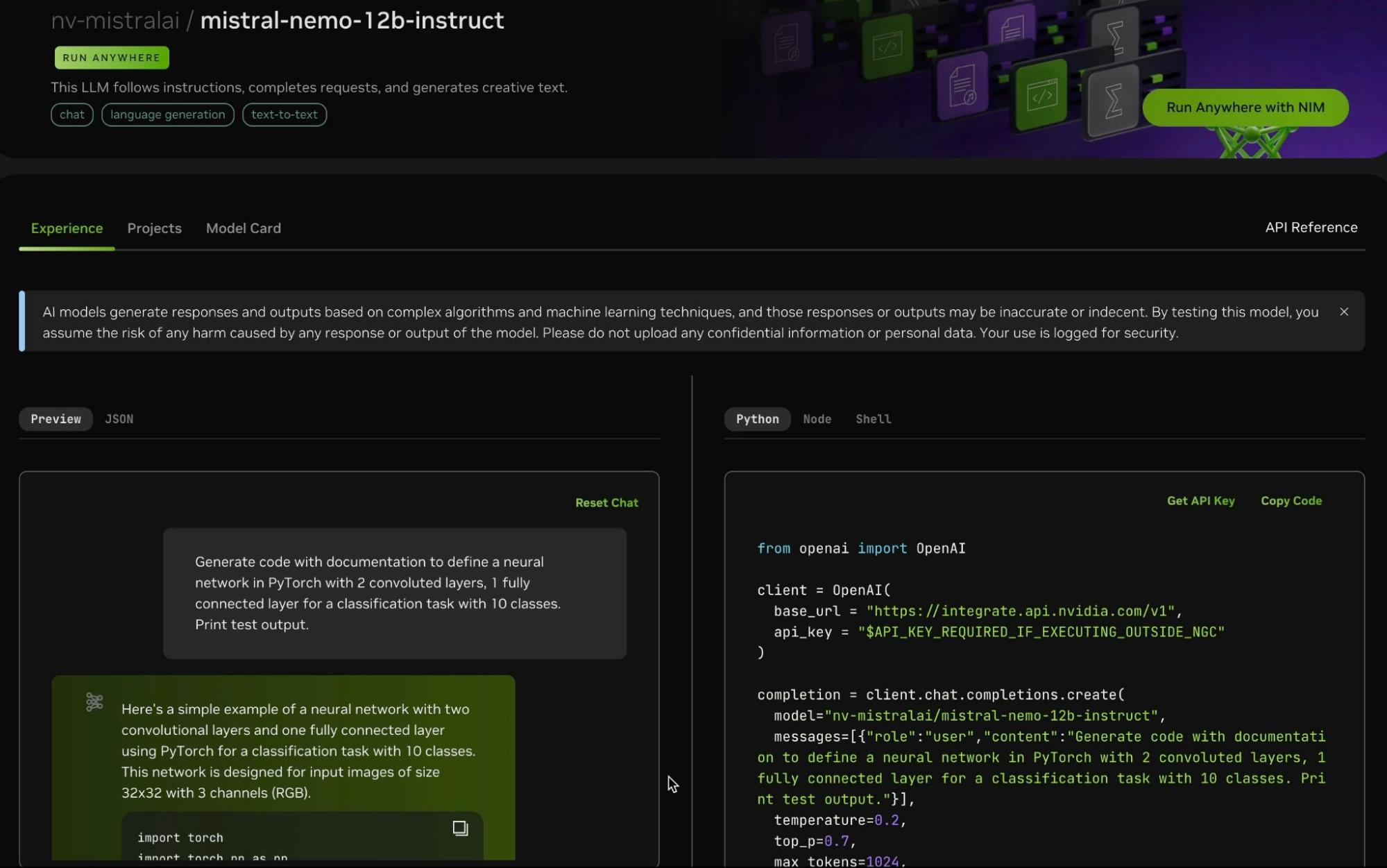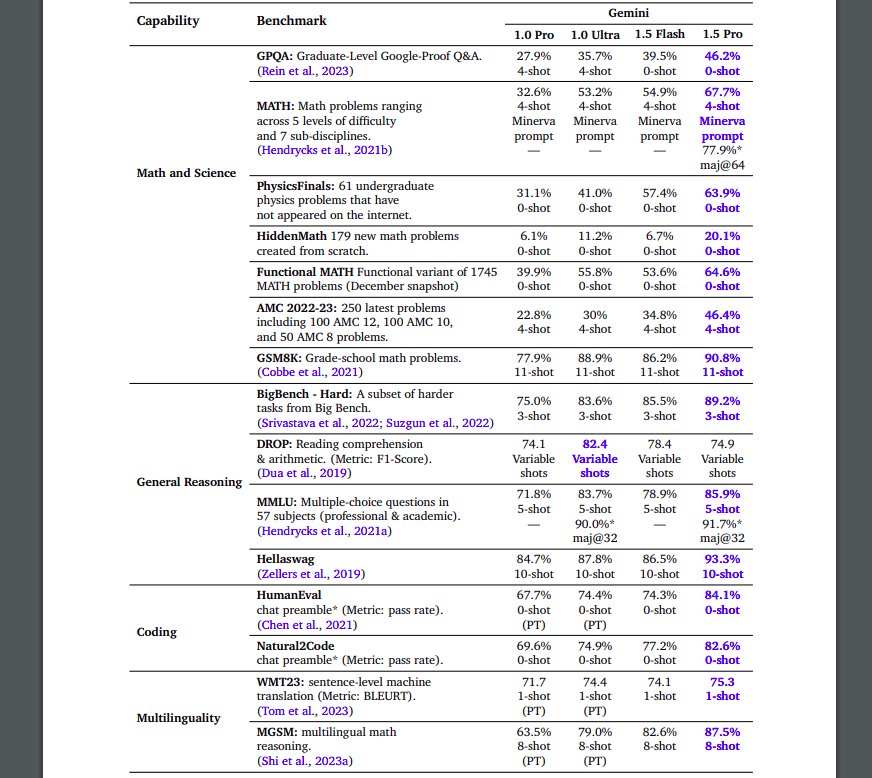Introduction
Coding is changing rapidly, and large language models are a big part of that change. These LLMs help programmers in many ways, from finishing lines of code to finding bugs and even writing entire functions based on simple descriptions. As more companies and organizations invest in this technology, the options available to developers continue to grow.
In this article, we will discuss the top 6 language models that are most popular among coders.
GPT 4
GPT-4 is a major breakthrough in the world of large language models (LLMs) and has proven to be an invaluable tool for developers. Its ability to understand and generate human-quality text, including code, has revolutionized the way programmers approach their tasks.
Key skills for coding
- GENERATION code: GPT-4 can generate code from natural language input, saving developers time and effort. For example, a desired function or algorithm can be described and GPT-4 can produce the corresponding code in various programming languages.
- Complete code: The model can suggest code completion as you type, acting as a powerful auto-completion tool. This speeds up development and reduces errors.
- Code explanation: GPT-4 can explain complex code fragments or entire functions, making it easier to understand existing code bases and debug problems.
- Refactoring code: It can help improve code readability, efficiency, and maintainability by suggesting refactoring options.
- Debugging support: By analyzing code and error messages, GPT-4 can identify potential problems and suggest solutions, speeding up the debugging process.
- Learning and adaptability: GPT-4 is constantly learning and improving, making it increasingly better suited to handle diverse coding challenges and adapt to new programming paradigms.
Mistral Codestral
Mistral Codestral Codestral is a specialized version of the Mistral language models, designed specifically for coding tasks. Developed to improve productivity and efficiency in software development, Codestral combines advanced language understanding with coding-specific features to assist developers in various programming activities.

Main features and benefits
- Efficient code generation:Generate high-quality code snippets quickly and accurately in multiple programming languages.
- Multi-language support:Supports a wide range of programming languages including Python, JavaScript, Java, and C++.
- Real-time code assistance:Provides real-time code hints and error detection to detect bugs early and improve code quality.
- Integration with development environments:It integrates seamlessly with popular IDEs and code editors like Visual Studio Code, IntelliJ IDEA, and PyCharm.
- Collaborative coding support:Optimized for collaborative coding with features like version control integration and team collaboration tools.
- Adaptability and customization:Provides customization options to tailor suggestions and behavior to specific project needs and coding styles.
Claudio 3.5
Claudio 3.5Developed by Anthropic, it is a state-of-the-art large language model that excels at natural language understanding and coding tasks. It is designed to prioritize security, ethical use, and alignment, making it an ideal choice for developers looking for a trusted and responsible ai partner.

Key Features of Claude 3.5
- Ethical and safe ai:Focuses on responsible use, minimizing harmful or biased outcomes and aligning with user intentions.
- Advanced code understanding:Maintains context and performs semantic analysis, providing accurate and meaningful code suggestions.
- Code generation and completion:Supports multiple languages and offers context-sensitive code completion and smart snippets.
- Debugging and Troubleshooting:Identify and correct errors and tackle complex coding challenges with strong reasoning skills.
- Collaborative coding:Provides real-time support and integrates with various development tools to improve teamwork.
- Learning and adaptability:It is continuously updated, can be customized to specific needs, and stays up to date with the latest programming trends.
Call 3.1
Call 3.1 is a long language model (LLM) developed by Meta ai, specifically designed to excel at various tasks, including coding. It is part of Meta’s commitment to open source ai, making it accessible to developers around the world.

Key Features for Coding
- GENERATION code: Llama 3.1 can generate code snippets, functions, or even entire programs based on given prompts or requirements. This can significantly increase developer productivity and help explore different solutions.
- Code explanation: You can explain existing code, breaking down complex logic into simpler terms. This is invaluable for understanding legacy code or learning new programming concepts.
- Debugging code: The model can help identify errors in code and suggest possible solutions, which can save developers time and effort in troubleshooting.
- Code optimization: Llama 3.1 can analyze your code and suggest improvements for efficiency, performance, or readability.
- Code translation: You can translate code from one programming language to another, facilitating collaboration and knowledge sharing across different language ecosystems.
Mistral NEMO
ai/news/mistral-nemo/”>Mistral NEMO is a powerful 12 billion parameter language model designed specifically to excel at coding tasks. Developed in collaboration with NVIDIA, it offers impressive capabilities for generating, explaining, and improving code.


Main features and benefits
- State-of-the-art coding capabilities: Mistral NEMO demonstrates exceptional performance on several coding benchmarks, making it a valuable tool for developers of all skill levels.
- Large context window: With a context length of up to 128k tokens, you can process and generate longer code fragments, improving your ability to understand and generate complex code structures.
- Multilingual support: Mistral NEMO excels in multiple languages, making it a versatile tool for developers working with different codebases.
- Efficient tokenization: The model uses a specialized tokenizer called Tekken, which significantly improves code compression compared to previous models.
- Optimized for inference: It is packaged as an NVIDIA NIM inference microservice, ensuring fast and efficient deployment across multiple platforms.
Gemini 1.5
Gemini 3.1 is a powerful tool for coding, offering advanced code understanding, context awareness, and integration with development environments. Its multi-language support, refactoring capabilities, debugging assistance, and adaptive learning make it a valuable resource for both individual developers and teams.

Key Features of Gemini 3.1 for Coding
- Advanced code generation and understanding:Analyzes and generates code in multiple programming languages. Maintains context during coding tasks.
- Integration with development environments:It integrates seamlessly with popular IDEs and code editors. Improves productivity with in-editor code suggestions, auto-completion features, and error detection.
- Refactoring and code optimization: Suggests improvements to code structure and performance. Helps keep code clean and efficient by offering refactoring and optimization advice.
- Learning and adaptation:Adapts to specific coding styles and preferences over time. It offers increasingly personalized suggestions based on your coding patterns and preferences.
- Support for code documentation:Helps you generate and maintain code documentation. Automatically creates documentation from comments and code structure, keeping it accurate and up-to-date. Provides increasingly personalized suggestions based on your coding patterns and preferences.
Conclusion
In conclusion, the evolution of large language models (LLMs) has brought about transformative changes in the coding landscape. Each of the models discussed (GPT-4, Mistral Codestral, Claude 3.5, Llama 3.1, Mistral NEMO, and Gemini 1.5) offers unique advantages that cater to different aspects of software development. From code generation and completion to debugging and refactoring, these LLMs improve productivity and streamline workflows. As technology continues to advance, the integration of these tools into development environments will likely become even more seamless, further revolutionizing the way programmers approach their work. Staying up to date with these advancements can provide developers with the edge needed to excel in an increasingly competitive field.
 NEWSLETTER
NEWSLETTER





